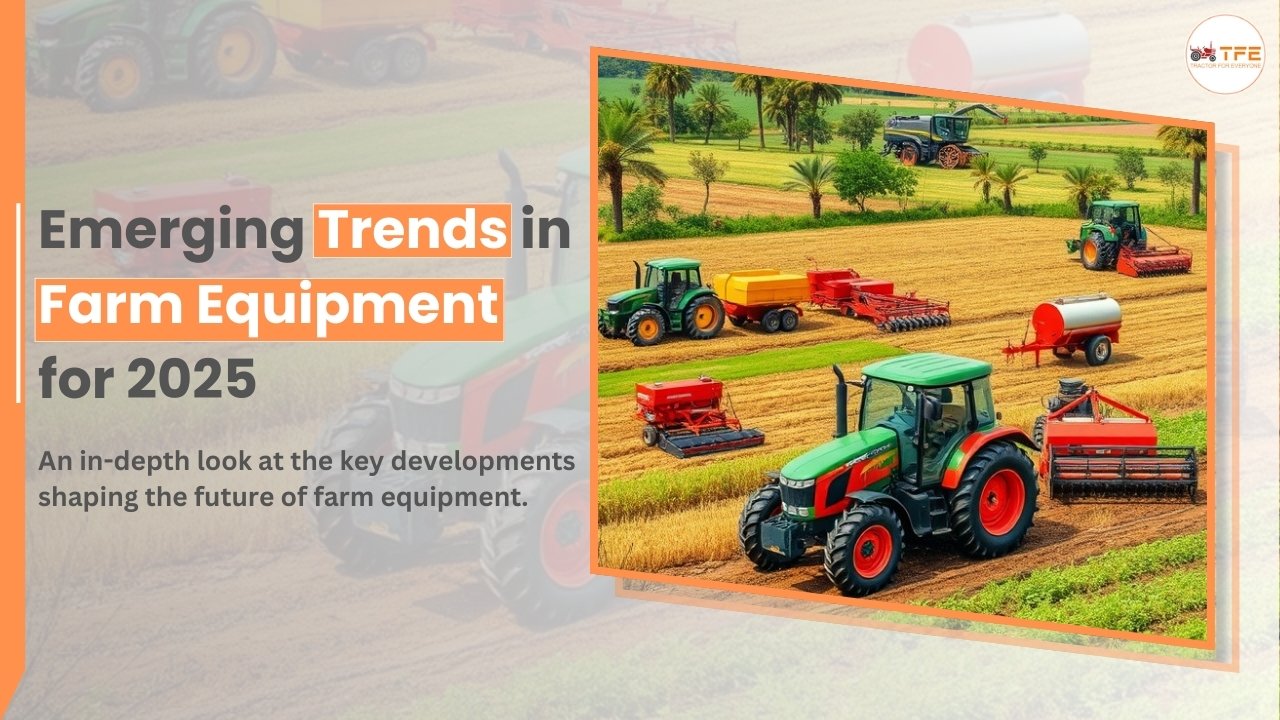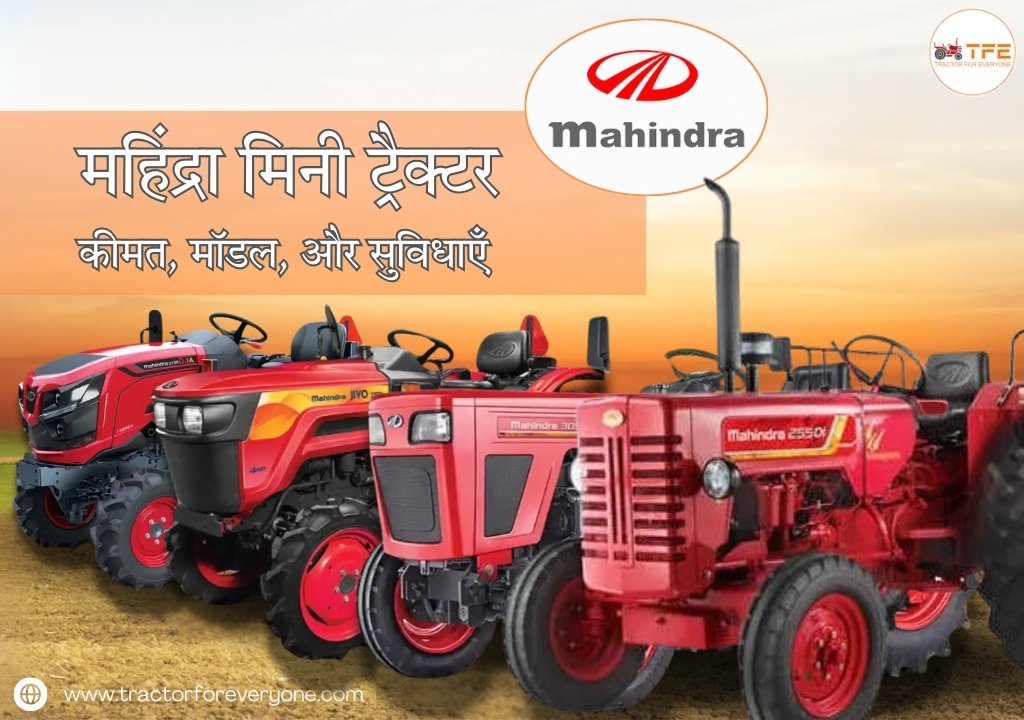Best Used Car, Services, Auto Parts, Rent Car Available for Buy and Sell Near By Go Ahead
- Emerging Trends in Farm Equipment for 2025
- Swaraj Price 2025: Latest Swaraj Tractor Price List and On-Road Rates in India
- Best Tractors in India 2025: Top 10 Picks for Every Farm Size
- 2025 Agricultural Forecast: Key Trends and Predictions for Crop Production in India
- महिंद्रा मिनी ट्रैक्टर - कीमत, मॉडल, और सुविधाएँ
- New Holland 3630 TX Super Plus+ Tractor Review 2025: Features, Price and Performance
- Mini Tractors in India - Features, Prices, and the Best Options
- महाराष्ट्र फार्मर आयडी: ऑनलाइन नोंदणी प्रक्रिया, कागदपत्रे आणि फायदे
- Sonalika Tractor Price 2025 Complete List of Models, Series and Latest Offers
- Full Review of New Holland 3600-2 TX All Rounder Plus Tractor: Features, Price and Performance
.jpg)
Understanding Tractor CC: Explaining the Concept and Significance
Table of Contents:
1.Introduction
2.What is CC in Tractor Engine?: Deciphering the Concept and Significance
3.How Tractor CC Works: Exploring its Impact on Power and Performance
3.1 Engine Size and Capacity
3.2 Power Output
3.3 Torque and Pulling Capability
3.4 Operational Versatility
3.5 Performance and Adaptability
4. Understanding the Range of CC Values in Tractors
5. A Comprehensive Explanation of Tractor CC
6. Unravelling the Power Take-Off Mechanism in Tractors
7. Factors to Consider When Choosing a Tractor Based on CC
7.1 Understanding the Complexity of Selecting Tractor CC
7.2 Land Size and Terrain
7.3 Task Specialization
7.4 Fuel Efficiency and Budget
7.5 Engine Design and Transmission
7.6 Local Availability and Servicin
7.7 Beyond Numbers: Leveraging Expert Insights
8. Conclusion: Striking the Right Balance for Optimal Agricultural Performance
1.Introduction:
Tractor engines stand as the driving force behind agricultural operations, serving as the backbone of farming strength. Recognizing the importance of tractor cubic centimeter (CC) engines is essential for optimizing agricultural productivity. These robust engines dictate the performance of farming machinery, directly impacting efficiency and output in the fields.
However, tractor CC signifies the total volume enclosed within the engine's cylinders, exerting a significant influence on the tractor's overall performance and efficiency. Furthermore, it determines the tractor's capability to tackle a diverse range of tasks on the farm. In this article, we aim to demystify the concept of Tractor CC and shed light on its critical role in agricultural machinery.
2.What is CC in Tractor Engine?
When assessing the power of a tractor engine, cubic centimeters (CC) often takes the spotlight. CC, short for cubic centimeters, serves as a fundamental metric in understanding a tractor's engine displacement, representing the total volume that all pistons move through. For farmers in the market for a new tractor, the CC value holds significant importance. It provides valuable insight into the engine's capacity and potential performance. Generally, a higher CC signifies a more robust engine, translating to enhanced performance in the field, particularly for heavy-duty tasks. However, while CC offers valuable information, it's just one piece of the puzzle. Farmers should also take into account various other factors, including horsepower (HP), power take-off (PTO), hydraulics, transmission, and more, before making a final decision on a tractor purchase. By considering these factors collectively, farmers can ensure they select a tractor that meets their specific needs and maximizes productivity in the field.
3.How Tractor CC Works?
Tractor engines, powered by cubic centimeters (CC), play a pivotal role in agricultural machinery, influencing power, performance, and operational capabilities. Let's delve deeper into understanding Tractor CC and its significance in modern agriculture. Tractor CC serves as the measurement of the engine's displacement, indicating the total volume covered by all cylinders during a combustion cycle. Understanding its role is essential for maximizing engine power and performance in farming operations.
3.1. Engine Size and Capacity: Exploring the Relationship Between CC and Tractor Engine Size
Tractor CC directly correlates with the engine's size and capacity to intake air and fuel for combustion. Greater CC values signify larger displacements, enabling the engine to handle more air and fuel, potentially resulting in increased power output.
3.2. Power Output: Understanding How CC Influences Tractor Power
Tractors with higher CC engines generally yield more power, as larger displacements accommodate more air and fuel for forceful combustion. This enhanced power output enables tractors to efficiently manage heavier loads and demanding tasks in the field.
3.3. Torque and Pulling Capability: Examining the Impact of CC on Tractor Performance
CC also impacts a tractor's torque, crucial for its pulling ability, especially in demanding terrains or when handling heavy implements. Tractors with greater CC typically provide increased torque and pulling capability, ensuring superior performance in various agricultural tasks.
3.4. Operational Versatility: Assessing How Different CC Values Offer Diverse Capabilities
Tractors with varying CC values offer diverse operational capabilities, with higher CC engines prevalent in heavy-duty tractors for extensive agricultural work. Conversely, lower CC models excel in lighter tasks or smaller farms, boasting better fuel efficiency.
3.5. Performance and Adaptability: Highlighting the Overall Performance of Tractors Based on CC
Tractors equipped with higher CC engines exhibit superior overall performance and adaptability, efficiently navigating diverse terrains and utilizing different implements for enhanced productivity.
4. Understanding the Range of CC Values in Tractors
Tractors come in different sizes and types, with engines ranging from 20 to several hundred CC. The CC range varies based on specific uses and purposes, catering to the diverse needs of farmers in agriculture.
5. A Comprehensive Explanation of Tractor CC
Tractor CC refers to the engine's displacement, denoting the total volume swept by all pistons inside the cylinders. This measurement reflects the engine's power and capacity for tractor operations.
6. Unravelling the Power Take-Off Mechanism in Tractors
The Power Take-Off (PTO) mechanism utilizes the tractor's engine power to operate various tools independently, facilitating tasks like ploughing, mowing, and operating agricultural equipment.
7. Factors to Consider When Choosing a Tractor Based on CC
Navigating the complexities of selecting the ideal tractor CC is akin to embarking on a journey through a labyrinth of considerations. Each turn presents new factors to weigh, and every decision shapes the efficiency and performance of agricultural operations. By understanding the interplay of factors like land size, task requirements, fuel efficiency, and engine design, farmers can navigate this maze with confidence, ensuring their tractors are optimized for success in the field.
7.1.Understanding the Complexity of Selecting Tractor CC
Choosing the right tractor CC is essential for maximizing agricultural performance. It involves balancing power and efficiency to meet the specific needs of each farm.
7.2. Land Size and Terrain: Tailoring Tractor CC to Farming Environment
The size of the land and its terrain dictate the optimal CC for a tractor. Larger expanses and rugged terrains require higher CC engines for rigorous tasks, while smaller spaces benefit from nimble, low-CC engines.
7.3. Task Specialization: Matching CC to Agricultural Needs
Different tasks demand varying levels of power. Heavy-duty work necessitates high-CC engines, while lighter tasks prioritize fuel efficiency over raw power.
7.4. Fuel Efficiency and Budget: Balancing Power and Economy
Considerations of fuel consumption and budget play a crucial role in selecting tractor CC, ensuring optimal value without compromising performance.
7.5. Engine Design and Transmission: Beyond CC, Quality Matters
While CC is significant, the quality of engine design and transmission also influences tractor performance, enhancing efficiency and durability.
7.6. Local Availability and Servicing: Ensuring Support for Maintenance
Access to local servicing and maintenance facilities is vital for keeping tractors in optimal condition, especially for tractors with common CC options.
7.7. Beyond Numbers: Leveraging Expert Insights for Personalized Choices
Seeking advice from experienced farmers and specialists adds a personalized touch to tractor selection, ensuring that the chosen CC meets the unique requirements of each farm.
8. How Does Tractor CC Affect Performance
Examining the role of CC in power output, torque, fuel consumption, operational versatility, speed, adaptability, and durability sheds light on how it influences tractor performance.
9.Conclusion:
In conclusion, selecting the ideal tractor CC involves a careful balance of factors to ensure optimal efficiency and performance in agricultural operations. By understanding the intricacies of tractor CC and its impact on functionality, farmers can make informed decisions tailored to their specific needs, paving the way for successful farming endeavours.
Write a Comment
Popular Blogs
-

Emerging Trends in Farm Equipment for 2025
12/12/2024, POSTED BY ADMIN -

Swaraj Price 2025: Latest Swaraj Tractor Price List and On-Road Rates in India
07/24/2025, POSTED BY ADMIN -

Best Tractors in India 2025: Top 10 Picks for Every Farm Size
05/29/2025, POSTED BY ADMIN -

2025 Agricultural Forecast: Key Trends and Predictions for Crop Production in India
12/11/2024, POSTED BY ADMIN -

महिंद्रा मिनी ट्रैक्टर - कीमत, मॉडल, और सुविधाएँ
02/18/2025, POSTED BY ADMIN

